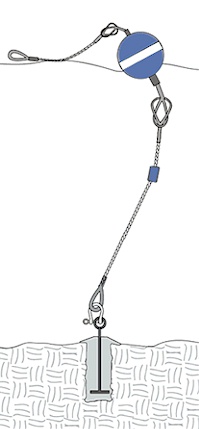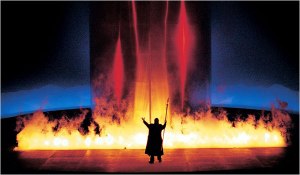Last week I attended an evening workshop on editing fiction, conducted by an author and an agent. I came away with pages and pages of notes, which I will share with as much rhyme and reason as I can order them into. This week it’ll be the author – CM Taylor – and next week it’ll be the agent.
Taylor started by saying that his definition of a story was the transmission of emotion through structure. When writing your plot, structure is vital and you cannot ignore it. Readers have such an intrinsic understanding of structure that, if you deviate from its principles, you risk jolting them or losing them entirely. It also means that you don’t have to reinvent the wheel with every book.
When he gets an idea for a story, he starts by finding existing literary models for the core concept of that idea. For example, if the story is about people wanting to get home you could look at Homer’s Odyssey, or Paul Scott’s Staying On, or even Sheila Burnford’s Incredible Journey. If there’s also an element of class war in the story, then look at something like Downton Abbey. Use multiple models for different aspects of the idea and jigsaw bits of them together to create something new. It’s not about plagiarism – it’s about ideas for structure. Importantly, it also helps to throw light on how your story idea is different.
THE TRANSFORMATIONAL ARC
The Inside Story is a book by Dara Marks, a screenwriting theorist, about the structure of the heroic journey – what she calls the ‘transformational arc’:
Looks vaguely familiar, right? Three act structure with a rise and fall, inciting incident, call to action, etc. The key to this diagram is the idea of change. The two halves of the story are resistance to change, and release of emotional strength after change is embraced. People naturally resist change, as reflected in the traditional heroic journey by the Refusal of the Call.
The transition from resistance to release starts with a Grace Period – once the character has admitted change is required, it releases a ‘high of truth’ and emotional energy. This then leads into the Fall, as the energy drains or the world doesn’t enable that internal resolution for change. The aspiration to change is not the same as making it happen!
The Death Experience, incidentally, doesn’t necessarily mean death. It can be betrayal, miscommunication, bad coincidence, etc. Whatever the worst thing is that can happen to the character’s internal aspirations.
Note that I’ve referred to it throughout as the character, not the hero. This arc should be applied to every character, although they will be at different stages along it at the start and end of your story. When one character changes, everyone in their community is affected somehow. It’s fairly standard psychology that a change in one part of the community means the rest start to question their own status quo.
CHARACTER FLAW
Because a form of behaviour has been successful in the past, they continue it into inappropriate situations and this shows up their character flaw. – CM Taylor
Obviously nobody’s perfect, and you certainly don’t want your hero / protagonist to be. They need to transform, to improve, and to do that there must be a flaw to start with. Taylor gave the workshop group an exercise, which I found massively useful and I highly recommend you have a go at it. For any given character(s), work out the following:
- What is their character flaw? If you’re having trouble identifying it, think in terms of ‘too / not enough’, i.e. too tolerant / not tolerant enough.
- How did the character get this flaw? Remember that the flaw is usually a pattern of behaviour which is carried into unsuitable circumstances.
- Identify a point in your story where the world somehow presses on or challenges this flaw. How does the character react?
As an example, here are my answers for one of the lead characters in my current project:
- Trojan is too obedient and passive to his father’s demands. When told to leave his family home for falling in love with someone his father deems unsuitable, he goes without challenge. Even falling in love was despite his obedience, not an actively rebellious act.
- He was raised by his father to be a passive tool, intended for a political marriage that would unite two warring factions. His father was stern, oppressive, and kept Trojan fairly isolated.
- His moment of enlightenment comes when he learns his father was responsible for the death of both his lover and his twin. In the Grace Period when emotion is released he rebels for the first time and kills his father. In the Fall, as the emotional high drains away, he is arrested and goes quietly.
This exercise really helped me clarify Trojan’s internal drives, as well as solidifying the mid-point of the story as the death of his father, which therefore helps with the overall structure.
One final point about structure: Taylor said he uses it as a checklist, going through drafts and literally ticking off whether he’s covered each point within the transformational arc. You can’t know whether you’ve written a good quality book, he said, but structure helps you identify and remove the obvious errors.
Next week I’ll cover the agent’s perspective on character building. For now, what results do you get if you do the character flaw exercise? Was it helpful for you?





